Cutting boards are an indispensable kitchen utensil for every family, with the function of being a base for cutting and slicing food. Cutting boards come in many versions with different designs, shapes and materials.
Cutting boards are so common, yet many people will be surprised to know that they have not used them properly. Even the most diligent housewives may not know the function of the large hole that is always present on the cutting board.
Why is there always a hole on the cutting board?
Standard cutting boards always have holes cut into the edges. Their purpose is not just to hang or to hold easily. In fact, this special structure was created to serve a completely different purpose.
When cutting food, especially into small pieces, you will have more or less difficulty putting the finished product into a bowl or plate. Food can easily fall out and will have to be washed again, which is time-consuming. If you pick up food with your hands, especially with cooked food, the possibility of contamination from your hands is very high, not to mention it looks unhygienic.
The notch on the cutting board will help you push the cut food down onto the plate more easily.
The correct way is to use the knife you just cut, push the food through the hole so that it falls easily onto the tray or plate below. This method applies to diced foods or minced meat.
However, if you use the hole on the cutting board for this purpose, you must remember to clean this area thoroughly when cleaning the cutting board to avoid the hole area getting dirty and moldy, which will do more harm than good.
Notes when using cutting boards
- Soak the cutting board after purchase:
Soaking the cutting board after purchase not only cleans the wooden surface but also keeps the board moist enough, so it won't absorb too much water or crack easily when used.
How to do: Soak the cutting board in a salt water solution mixed in the ratio of 200 grams of salt: 1 liter of water for 1 day, then dry the cutting board thoroughly before using.
- Clean the cutting board after use:
Cleaning a wooden cutting board after use is one way to help it last longer.
People can use hot water, salt, a combination of baking soda and vinegar or use lemon to clean wooden cutting boards after use. Keep the cutting board in a cool place and avoid exposure to sunlight.
- Use separate cutting boards for raw and cooked foods:
Raw foods such as meat, fish, etc. will contain harmful bacteria, so if you use the same cutting board to cut raw and cooked foods, bacteria from the cutting board will stick to the cooked food, which will cause food safety problems.
- Replace cutting board when necessary:
After being used for a while, wooden cutting boards will have scratches due to the process of slicing and chopping food, which will create favorable conditions for bacteria to grow and develop due to leftover food sticking to them. You should replace the cutting board about every 7 to 8 months or when the cutting board has too many cuts and scratches.
Source VTC (Synthesis)
Source link


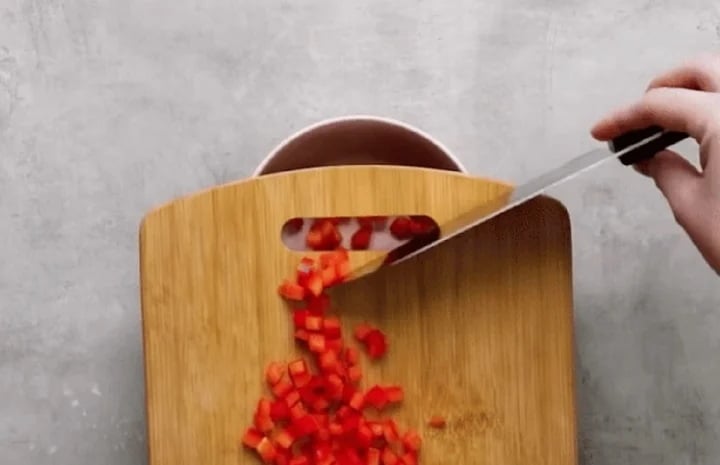
![[Photo] President Luong Cuong chaired the welcoming ceremony and held talks with United Nations Secretary-General Antonio Guterres](https://vphoto.vietnam.vn/thumb/1200x675/vietnam/resource/IMAGE/2025/10/24/1761304699186_ndo_br_1-jpg.webp)
![[Photo] Prime Minister Pham Minh Chinh chairs conference on breakthrough solutions for social housing development](https://vphoto.vietnam.vn/thumb/1200x675/vietnam/resource/IMAGE/2025/10/24/1761294193033_dsc-0146-7834-jpg.webp)


![[Photo] Solemn funeral of former Vice Chairman of the Council of Ministers Tran Phuong](https://vphoto.vietnam.vn/thumb/1200x675/vietnam/resource/IMAGE/2025/10/24/1761295093441_tang-le-tran-phuong-1998-4576-jpg.webp)
![[Photo] Prime Minister Pham Minh Chinh and South African President Matamela Cyril Ramaphosa attend the business forum](https://vphoto.vietnam.vn/thumb/1200x675/vietnam/resource/IMAGE/2025/10/24/1761302295638_dsc-0409-jpg.webp)



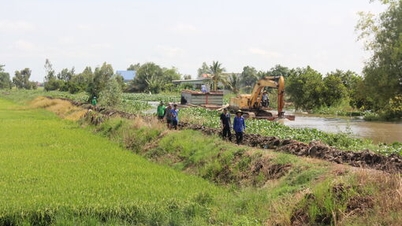

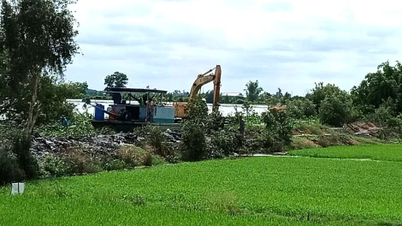
























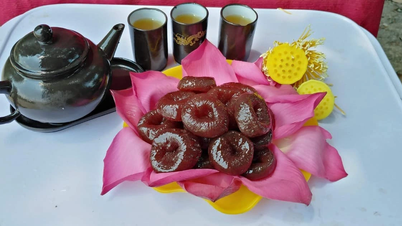















































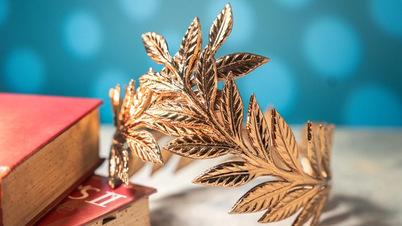















Comment (0)